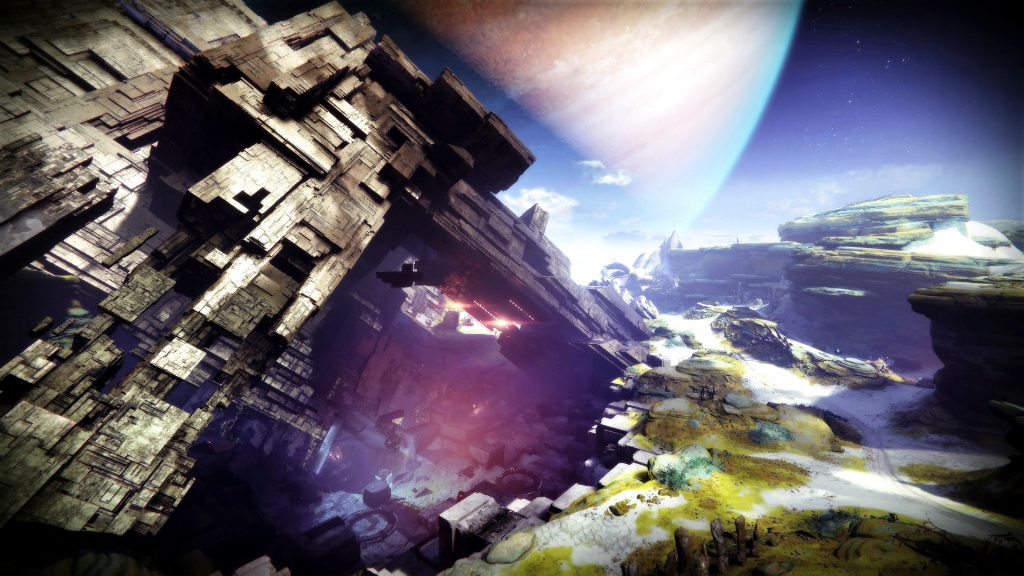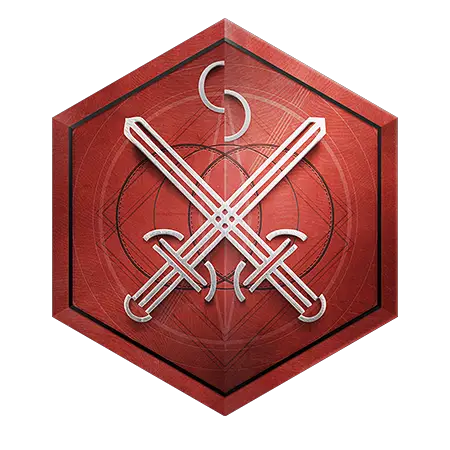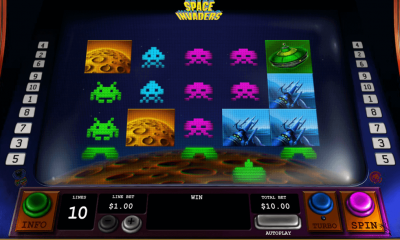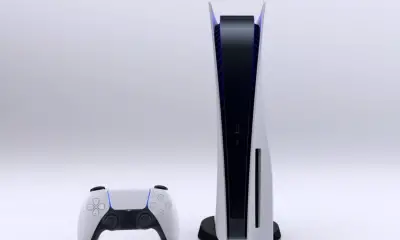Uncategorized
How Destiny 2 Became The Biggest Game Of 2017

Bungie’s recent launch of Destiny 2: Shadowkeep has got us reminiscing about the original Activision Blizzard/Bungie collab’s second installment in the franchise.
Even though it’s the latest add on, Shadowkeep, which really brings Bungie’s vision for Destiny to the forefront, Destiny 2 was easily the biggest game of 2017.
Somehow it managed to achieve some pretty major commercial success (at one point in September 2017 over 1.2 million gamers across the world were playing the game at exactly the same time), along with some not too shabby critical acclaim.
It also had quite an impact on popular culture.
Antonio Brown, now playing for the reigning Super Bowl Champions and favorites to win the Super Bowl LIV, the New England Patriots, memorably tried to recreate a Destiny 2 titan dance during a touchdown. Although the dance didn’t come to fruition on the field, Bungie made up for the disappointment by releasing a pre-recorded locker room version of the dance on social media.
Then there were the numerous references hidden in an episode of the popular animated TV series, American Dad. The references may have gone straight over the heads of non-gamers watching the show, but Destiny 2 fans quickly took to Reddit to share their delight and the easter eggs they’d spotted.
But how did the second installment in the Destiny universe get to be so successful? Let’s take a look…
How it was developed
After the successful release of the first installment of the franchise in September 2014, an expansion was released a year later in the form of The Taken King. Aware that the fresh new content provided by the add-on would only keep fans satisfied for so long, the preliminary work on Destiny 2 began in earnest during early 2015. The plan was to release it in the fall of 2016. However, several disruptions within Bungie HQ meant that the eagerly anticipated follow up had to be put on the backburner.
Bungie’s president, Harold Ryan, was removed from his post and former COO, Pete Parson, was appointed CEO of the company. Following such a major change of leadership, the company naturally underwent some serious restructuring to improve and support communication and collaboration across the board. This, combined with some issues with the development of Destiny 2 (the full details of which still haven’t surfaced), brought things to a halt.
In January 2016, just two seasons away from when the game was planned to be released, Luke Smith, the Game Director of Destiny 1 and its first expansion, was brought onto the team to get things moving again. Despite Smith being the best man for the job as far as freshening up the development went, Bungie knew they were asking for too much to have a fully-fledged game on the shelves within a matter of just eight months. They were also aware that both Destiny and The Taken King had almost run their course with content-hungry fans, so the decision was made to delay Destiny 2 once again. Instead, in its place, a second expansion, Rise of Iron, was released in September 2016.
The launch
Destiny 2 was finally unveiled to the world 6 months later in March 2017.
In a way, the delays in its development and release and the major organizational changes happening within Bungie during its development created quite a lot of hype and anticipation. Having gone almost two years without a proper second installment (a feat that’s practically unheard of in today’s gaming marketplace), there was some serious anticipation about whether or not Destiny 2 would live up to fans’ expectations.
This release was also loaded with the enormous task of reclaiming the player base that had, despite the two expansions, dwindled somewhat since the release of Destiny 1 back in 2014.
The pressure was huge, but Destiny 2 became a symbol of starting over a clean slate. It refined a number of the systems within the gaming genre, appealing to a much broader demographic. Reaching a mass audience became possible, thanks to Destiny 2’s cohesive storyline, fascinating characters, beautifully rich environments, and captivating music.
In fact, it was the storyline element in particular that became the driving force behind the game’s marketing campaign…
Skillful storytelling makes for mass appeal
This is where things get interesting.
On the surface, Destiny 2’s storyline itself is not that much different to many other blockbuster games – the last city on earth belonging to the human race has been attacked by an invading alien army, and the protectors of the planet are tasked with recapturing it. First, however, there’s the small problem of regaining their special powers.
The delivery of it is also incredibly straightforward, and the structure takes elements from cinema, referencing the wanderlust and heist genres in particular. If anything, the delivery is deliberately straightforward. Although Destiny 2 is a game set, for the most part, in space, it manages to appeal to casual gamers (and NFL players) as much as it does committed Sci-Fi geeks.
How?
Well, growth. Not only is there a shockingly easy narrative to follow, which melds together references to some pretty complex lore with “blunt instructional dialogue”, but every player’s character goes through a developmental arc. Anyone who’s ever fallen in love with a movie knows that narrative combined with character development makes for some pretty powerful stuff.
It also means that once you’ve started playing a game like Destiny 2, it’s pretty hard to stop.

Compulsive play is the cherry on the top
Ah yes, the holy grail that all game designers aspire to reach as a game that is compulsively playable will be returned to again, and again, and again. And this is what really differentiated Destiny 2 from the rest of the pack in 2017 – it nurtures compulsion.
When playing the game skill helps for sure, but it’s the actual time spent playing that really generates progress and advancement. The more time a player spends in this universe, they’re rewarded with a new rank. And each new rank brings with it new abilities and weapons, which are just powerful enough to progress to new areas and increasingly powerful baddies, but not to the end of the game. If you want to get to the end of the game, you have to move up through the ranks.
To really pique players’ interests though, as well as ensuring that casual players will invest just as much time as diehard space geeks, the game semi-randomly awards players with rare items that will either give some fancy new abilities or, you’ve guessed it, improve their rank. And there we have it, mass popularity ensured!














